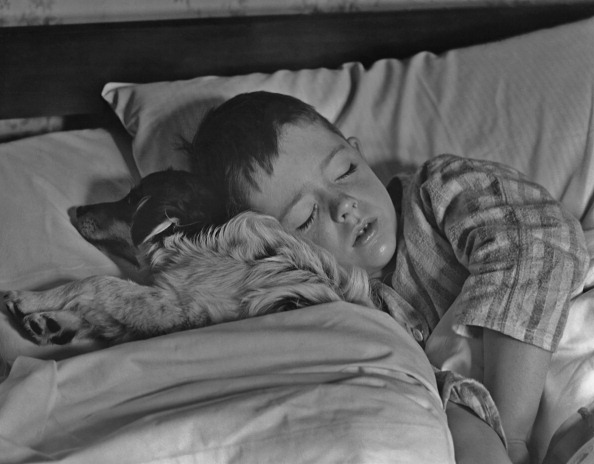
One of the biggest mysteries about sleep is how dreams "change scenes." The answer may already be available.
The vividness of the dream can be attributed to rapid eye movement (REM), which is characterized by quick movements of the eyes while sleeping. If you see a person in an REM state, you'll find eyeballs inside closed eyes moving fast from left to right.
A person can enter into REM several times in a sleep, though the duration can vary. Normally, each cycle increases in duration. Some people take minutes to hours before they get into an REM state. Others take only a few seconds after they hit the bed.
There's no definite explanation for the purpose of REM. A number of experts believe it contributes to the development of the central nervous system while others associate it with creativity and memory.
A new research, however, suggests that REM may be the reason why during sleep images change.
Tel Aviv University's Dr. Yuval Nir worked closely with other researchers from the United States and France. Together, they embarked on a study that lasted for more than 3 years and participated by 19 patients. Each of them had implanted electrodes in the brain to properly monitor activity. Although many sections of the brain were looked into during the course of the research, the primary focus was the medial temporal lobe, which is more associated with imagery and association.
In one part of the experiment, patients were asked to view a picture, and immediately neurons in this section of the brain became active. Interestingly, a similar pattern was found during REM sleep, which may suggest that the brain comes up with an image or concept and the neurons make the necessary associations to create a dream sequence. This could also mean that perhaps sleep and wakefulness are not entirely different after all.
